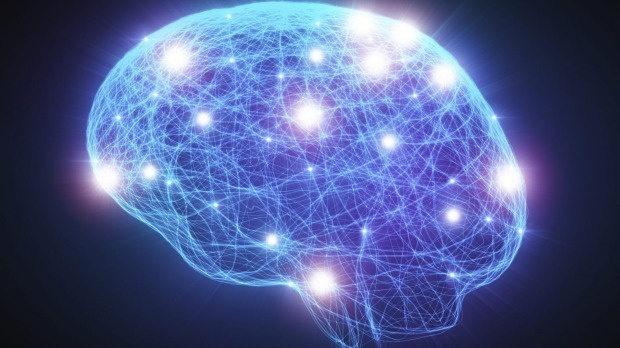Multiple brain networks contributed to the pathophysiology of major depressive disorder (MDD) including disruption of the information processing system. These findings, from an analysis of functional magnetic resonance imaging (fMRI) data, were published in the Journal of Affective Disorders.
Patients (n=753) with MDD and healthy controls (n=451) were recruited from 14 hospitals in China. Participants underwent resting state fMRI. Parameter of asymmetry (PAS) was defined as the difference between inter- and interhemispheric functional connectivity.
The study included 2-fold more women. The patients and controls were aged mean 34.6±11.5 and 35.6±13.0 years and they spent an average 12.0±3.4 and 12.3±2.6 years in education, respectively.
PAS scores differed significantly for the default mode network (all, P £.048), control network (all, P £.048), attention network (all, P £.026), visual cortex (P <.001), and cerebellum (P =.011).
Components of the default mode network in the left hemisphere had decreased hemispheric specialization or increased interhemispheric coordination among the patients with MDD. The contrary pattern was observed among patients with MDD in the right precuneus.
In a subanalysis of patients who were drug naïve or not, little evidence of brain restructuring was observed on the basis of exposure to medication.
Stratified by demographics, women had weaker hemispheric specialization in the intraparietal sulcus/superior parietal lobule (t, -3.193; P =.001), right dorsolateral prefrontal cortex (t, -3.008; P =.003), middle frontal gyrus (t, -2.796; P =.005), and left posterior cingulate cortex (t, -2.123; P =.034) and weaker interhemispheric coordination in the middle temporal gyrus (t, 2.002; P =.045) compared with men.
Age associated with weaker hemispheric specialization in the right anterior cingulate gyrus (t, -2.574; P =.010) and weaker interhemispheric coordination in the left precuneus (t, 4.496; P <.001), right superior frontal gyrus (t, 2.969; P =.003), right thalamus (t, 2.687; P =.007) and left posterior cingulate cortex (t, 2.121; P =.034).
Illness duration was associated with weaker interhemispheric coordination in the left mid-cingulate cortex (t, 2.248; P =.024) and left anterior cingulate cortex (t, 2.014; P =.044).
These data may have been limited by not including specific medications or dosing information. It remains unclear whether specific therapies effected brain connectivity.
The study authors concluded patients with MDD exhibited disrupted hemispheric specialization in the frontal cortex, including the control, attention, and default mode networks.
Reference
Ding YD, Yang R, Yan CG, et al. Disrupted hemispheric connectivity specialization in patients with major depressive disorder: Evidence from the REST-meta-MDD Project. J Affect Disord. 2021;284:217-228. doi:10.1016/j.jad.2021.02.030
